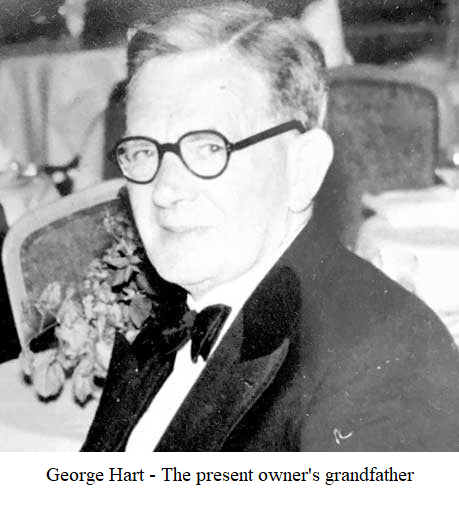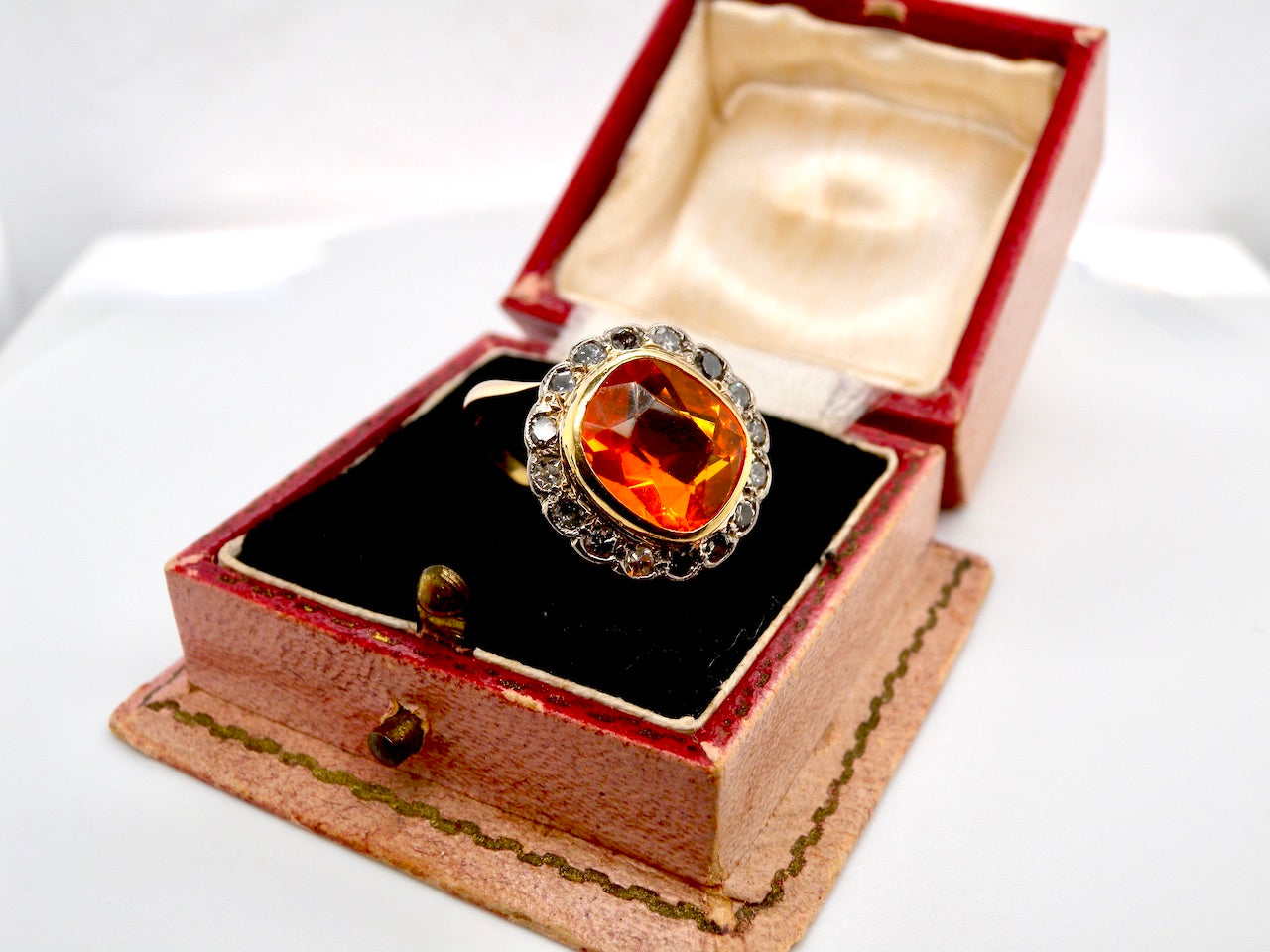Antique Jewellery – Styles, Eras & Timeless Beauty
Antique jewellery is more than an accessory it’s a record of history, art, and craftsmanship. From delicate Georgian era jewels to bold Art Deco diamond rings, each piece reflects the skills and fashions of its time. Our collection includes rare finds and exquisite designs that have been loved for generations.

What Defines Antique Jewellery?
In jewellery terms, “antique” typically refers to pieces over 100 years old. These treasures often feature hand-crafted details, unique gemstone cuts, and precious metals that are increasingly rare today.
Historical Eras We Specialise In
-
Georgian Jewellery (1714–1830) Known for intricate metalwork and closed-back gemstone settings.

-
Victorian Jewellery (1837–1901) Sentimental designs such as lockets, cameos, and cluster rings. Browse our original Victorian jewellery pieces.

-
Edwardian Jewellery (1901–1910) Platinum filigree designs with pearls and diamonds.

-
Art Deco Jewellery (1920s–1930s) Bold symmetry and colourful gemstones. Explore our collectible Art Deco engagement rings.

Why People Choose Antique Jewellery
Antique jewellery is valued for its uniqueness, durability, and artistry. Each piece carries a history that modern manufacturing cannot replicate. Many designs are one-of-a-kind, making them ideal for collectors and those seeking jewellery with a personal story.

For insights on how antique jewellery holds its worth over time, read our value and investment potential of antique jewellery blog.
Our Antique Jewellery Collections
At Vintage Tom, we source exceptional antique pieces with authenticity and quality at their core. From unique vintage and antique rings to heirloom brooches and gemstone necklaces, our range spans all major design periods.
We also offer investment-grade vintage engagement rings for those looking for a meaningful and lasting purchase.


